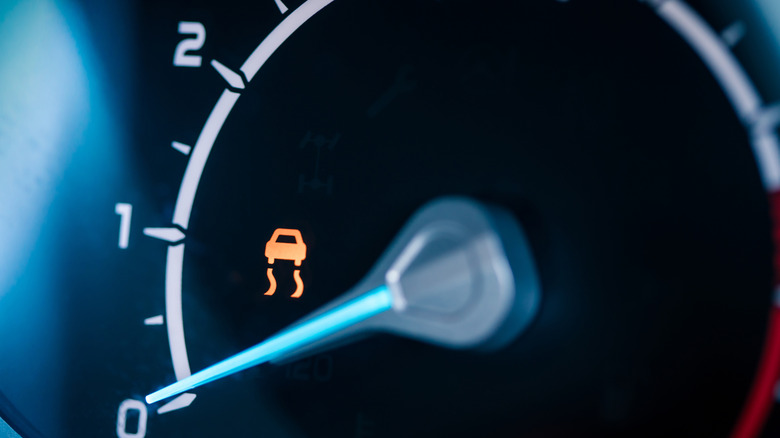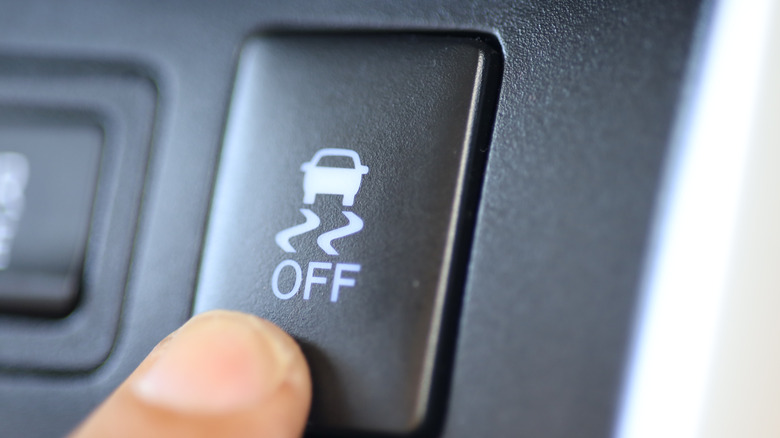What Is The ESC Light Warning On Your Dashboard? (And What To Do If You See It)
The Electronic Stability Control (ESC) systems in modern vehicles work side-by-side with traction control and the anti-lock braking system (ABS) to assist the driver in maintaining control during cornering or when driving on wet pavement or other slippery surfaces. Referred to as Electronic Stability Program (ESP) or Vehicle Stability Control (VSC) in some cars, ESC is different from traction control in that it monitors steering wheel position, yaw speed, and data from accelerometers to point the nose of the vehicle in the intended direction of travel.
ESC can apply selective braking to each wheel and modulate steering and throttle input if the system detects skidding, slipping, or other traction loss. In racing or performance lingo, ESC mitigates understeer or oversteer when cornering, which improves lap times when racing and keeps you safe in everyday driving. Some ESC systems can also downshift the transmission to slow down the car. ESC starts working when the wheels begin to turn and monitors steering and pedal input and wheel speed as the car moves along.
The ESC warning light (often a car icon with squiggly lines behind it) on the instrument panel will often illuminate or flash when the system is active and working. Usually, you don't need to do anything but continue driving when the ESC warning light is on. However, you might need to bring the vehicle for servicing if the ESC light remains lit or flashes at all times. It could mean the system is malfunctioning and requires service; check your owner's manual or call your dealership's service department to learn how to interpret signals from your particular car's ESC warning light.
What triggers the ESC warning light?
As previously mentioned, a lit or flashing ESC warning light does not necessarily indicate a malfunction. A flashing warning light sometimes means the ESC is active, maintaining traction and keeping the vehicle on track and steady. In these cases, it can flash or illuminate when driving over slippery roads, acting like a visual aid to the driver by indicating that the system is working to maintain vehicle control.
The ESC warning light can sometimes also come on if the driver turns the system off manually, such as when driving with snow chains or on loose surfaces like sand, gravel, or snow. Many cars have an ESC OFF button on the dashboard or center console, and pressing it will temporarily disable the system. In some vehicles, pressing and holding the ESC OFF button for two or three seconds will turn off ESC and traction control together. However, turning off the electronic stability control is not recommended for daily driving, especially if the weather is rainy, cold, or snowy.
An illuminated ESC warning light can also signal issues with the brakes or anti-lock brake system like worn-out pads, low or dirty brake fluid, or problems with sensors or the system wiring. Check the depth of your tire treads; this is also important. Whatever the case, a malfunctioning ESC system shouldn't be ignored. If you notice the ESC light remains lit or flashes while you're driving, find out if that's normal for your car. If not, have it looked at by a mechanic immediately.

